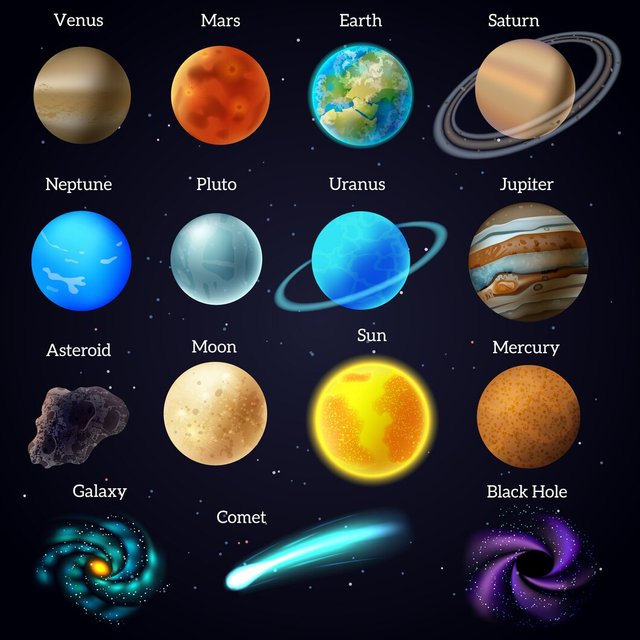Contest 🚨 📢 | The Science of Space || 6 Steem Prize
ASSALAMUALAIKUM |
|---|
Dear Friends!
I hope you all are fine with grace of Allah Almighty who is most merciful and beneficial. Today I am here to share with you guys about topic The Science of space. First of all i thanks to @chasad75 for this beautiful contest. Let's start without wasting our time.
THE SCIENCE OF SPACE |
|---|
OUTLINES:
1)What is the name of the closest galaxy to our Milky Way? |
|---|
The nearest universe to our Smooth Way is known as the Andromeda World. It's a winding world very much like our own, and it's around 2.537 million light-years from us. The Andromeda Universe is really noticeable to the unaided eye from Earth, which is cool. It's likewise the biggest world in our Nearby Gathering, which is a gathering of universes that incorporates the Smooth Way and a few other more modest systems. Researchers accept that in around 4 billion years, the Andromeda Universe and the Smooth Way will impact and consolidate.
2)What is black hole and how does it form? |
|---|
A dark opening is an entrancing and strange vast peculiarity. It's a locale in space where gravity is solid to such an extent that nothing, not even light, can get away from its gravitational draw. Picture it like a most unfathomable pit in space.
Presently, we should discuss how dark openings structure. They regularly structure from the remainders of huge stars. At the point when a monstrous star runs out of fuel, it goes through a cosmic explosion blast. This blast can make the center of the star breakdown internal, making a dark opening. The center turns out to be unimaginably thick, with a gravitational force that turns out to serious areas of strength for be the point that it frames an occasion skyline, which is the limit of the dark opening.
The occasion skyline is the final turning point. When something crosses this limit, it's caught by the dark opening's gravity. The size of a dark opening relies upon the mass of the star that shaped it. There are likewise supermassive dark openings that exist at the focuses of systems and are millions or billions of times more huge than our Sun.
3)How long does it takes for light to travel from Sun to Earth and from Moon to Earth? |
|---|
Light requires roughly 8 minutes and 20 seconds to venture out from the Sun to Earth. It implies that the daylight we see is entirely more established than 8 minutes. With respect to the Moon, since it's a lot nearer to Earth, it just requires around 1.28 seconds for light to venture out from the Moon to Earth. In this way, when we gaze toward the Moon, we're seeing it as it showed up around 1.28 seconds prior. It's cool to ponder how light goes through space and achieves us data the articles in our universe.
4)What is the name of largest planet in our solar system and what is it's most distinctive feature? |
|---|
The biggest planet in our nearby planet group is Jupiter. What's more, one of its most particular elements is its Incredible Red Spot. This is a gigantic tempest that has been seething on Jupiter for quite a long time. Unfortunately it could fit different Earths inside it. The Incomparable Red Spot resembles a goliath storm, with twists whirling around at staggering velocities. Researchers are as yet concentrating on this intriguing element to see more about its beginnings and conduct. Jupiter is really a wonderful planet with its one of a kind qualities.
Special thanks to @danish578 and @chasad75 (admins of this community)
THANKYOU SO MUCH |
|---|
REGARDS:
@writer123

You have great knowledge about galaxy. I learn more from your post.
Best of luck
Thanks dear for yoir appreciation. Best of luck too.
Upvoted. Thank You for sending some of your rewards to @null. It will make Steem stronger.